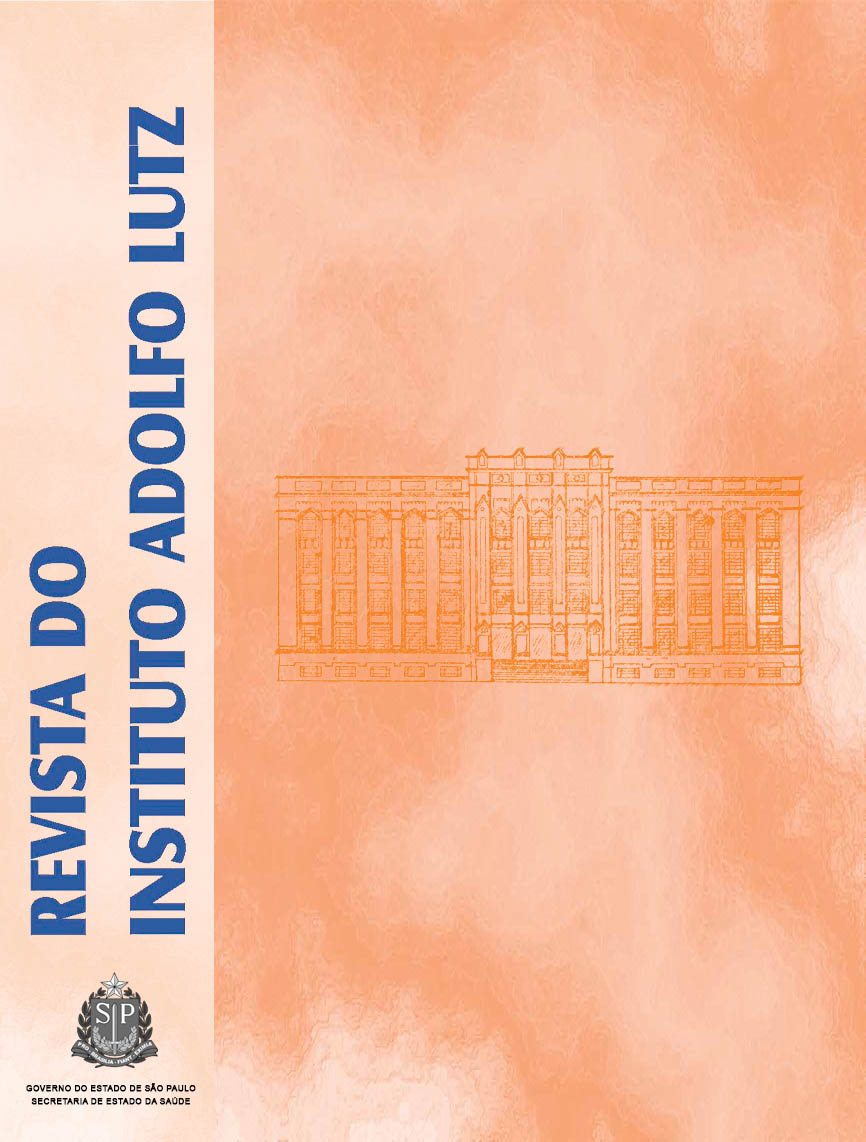Use of ultrasound associated or not with sodium dichloroisocyanurate in the disinfection of cherry tomato (Lycopersicon esculentum var. cerasiforme)
Keywords:
ultrasound, sanitization, vegetables
Abstract
The washing procedure associated with the use of sanitizer solutions is the only one stage in which the reduction in the number of deteriorative and pathogenic microorganisms can be achieved. This study aimed at evaluating the application of the ultrasound associated with or without the sodium dichloroisocyanurate on the cherry tomatoes sanitization step. The ultrasound treatment combined with sodium dichloisocyanurate solution, and the procedure in which the ultrasound was applied at first and followed by the immersion in chlorinated solution, was the procedure that promoted the highest reductions in the initial aerobic mesophilic microorganisms and coliforms at 35 oC. No significant changes was found (p < 0.05) on the soluble solids, pH and titratable acidity values in all of the used treatments. The treatments with ultrasound promoted 14 % reduction in the firmness of not sanitized tomato. As a potential alternative for performing the sanitization, the ultrasound should be assessed on the additional variables as the applied time and frequency. Therefore, the processing conditions would be adjusted, and it would enhance the microorganisms inactivation without causing harm on the quality of final product.
Published
2013-03-22
How to Cite
São José, J. F. B. de, & Medeiros, H. S. de. (2013). Use of ultrasound associated or not with sodium dichloroisocyanurate in the disinfection of cherry tomato (Lycopersicon esculentum var. cerasiforme). Revista Do Instituto Adolfo Lutz, 72(3), 244-248. Retrieved from https://periodicoshomolog.saude.sp.gov.br/index.php/RIAL/article/view/32925
Issue
Section
BRIEF COMMUNICATION










